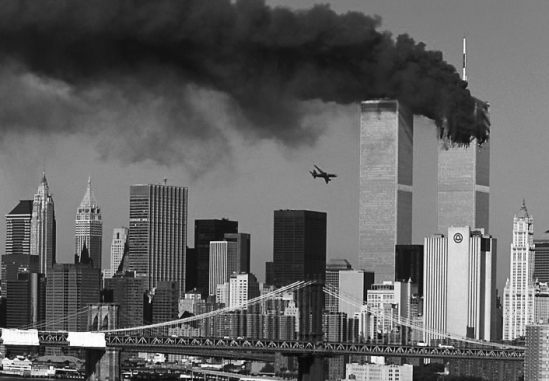Quentin Tarantino Inglorious Bastards (2009)
In some of my previous entries, the films I’ve spoken about have been valuable sources of trauma cinema since they deal with the unveiling of the repressed, they break down the façade that often surrounds such traumatic events and help audiences understand what happened by depicting seriously, brutally honest and gruesome scenes within the films.
As a change of pace I’ve decided to concentrate on a film that takes a different approach when dealing with traumatic subject matter. Quentin Tarantino uses comedy and vengeance in his film Inglorious Bastards (2009) as a way of associating with its audience and bringing pleasure in watching the Nazis suffer, in fact Lawrence Bender, one of the films many producers praised Tarantino, exclaiming that “This movie is a fucking Jewish wet dream.” There no taking away from how unforgivable the actions of the Nazis were but Inglorious does well in offering an escape from the repressed memories of World War II. By combining the trauma, which is often the sobering backdrop to most World War II epics, and merging it with comedy and vengeance, it creates a different form of “working through” for its audience.
It is recognised that after an indeterminable amount of time passes, a traumatic event does becomes more socially expectable to relate to it in a comedic manner, obviously while taking care not to devalue the significance it holds. Although Inglorious doesn’t have the same symbolic merit attached to it as Steven Spielberg’s Saving Private Ryan (1998) for example, it doesn’t mean to say it isn’t a potential way of working through the traumas it addresses, after all, laughter is the best medicine.




